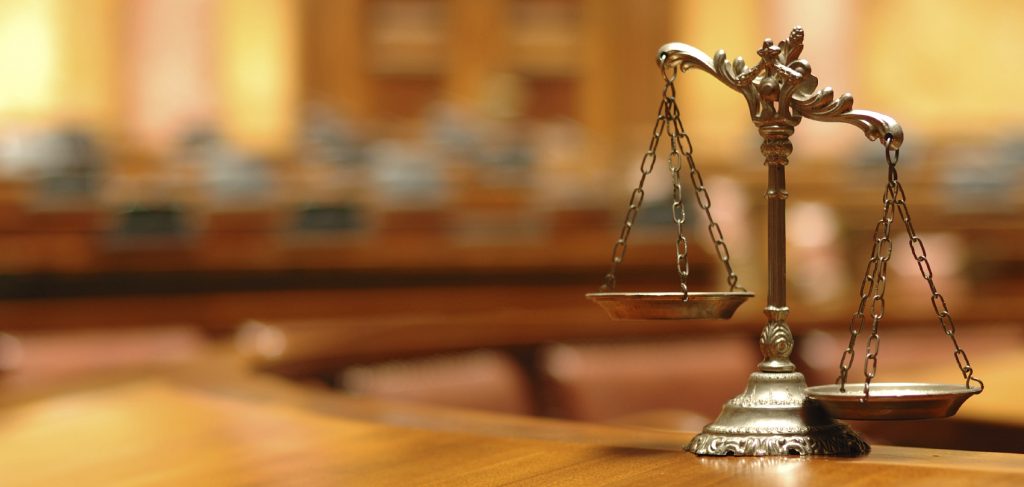My Child Was Injured in an Accident – What do I do?

Accidents happen to people of all ages. Regardless of age, injury victims are entitled to claim for compensation for their injuries and losses. If your child or the child of a family member of friend has sustained an injury after an accident and is considering an injury claim, there are a few important points you need to know.
The age of majority in Nova Scotia is 19 years, pursuant to Nova Scotia’s Age of Majority Act. For the purposes of a personal injury claim, any injured person under the age of majority is an “infant” or “young person”. Pursuant to Nova Scotia’s Civil Procedure Rules, specifically Rule 36, a child involved in this type of proceeding must be represented by what is called a “litigation guardian”.
A litigation guardian is a person over the age of majority (sometimes the child’s parent or guardian) who is capable of making legal decisions on the child’s behalf. The Civil Procedure Rules outline certain duties and requirements of litigation guardians. The litigation guardian must make decisions that are in the child’s best legal interests and cannot have an adverse interest in the proceeding relative to the child bringing the claim (aka a conflict of interests).
If the injured child and their litigation guardian retain the services of a personal injury lawyer, the lawyer will generally take instructions from the litigation guardian who is speaking on the child’s behalf. It is important to note that the Civil Procedure Rules require that a child over the age of 16 must be kept informed of the proceedings by the litigation guardian, and at various points in the process, the injury lawyer must consult with the young person directly to obtain their consent and/or instructions.
In Nova Scotia, if and when a child’s claim for personal injuries settles for compensation, any settlement must be approved by the Court before it can be finalized. This requires filing an “Infant Settlement Motion” with the Court. The Court will review a number of documents relating to the child’s claim, including medical records, affidavits of the litigation guardian, the child’s lawyer, and any proposed trustees or sureties. There is also an undertaking and bond required from the proposed trustee who confirms to the court they will properly administer the funds to be held in trust for the child until the child reaches the age of majority.
The judge who hears the motion may decide to approve the settlement or may not approve it if they are not satisfied the proposed settlement is in the child’s best interests of if more information is required.
If the judge approves the settlement, the money is typically paid into a trust with a financial institution under the proposed trustee’s name for the benefit of the child. This is normally done by setting up a Guaranteed Investment Certificate (“GIC”) at a bank.
While children, teenagers, or other people under the age of majority have all the same rights of recovery after sustaining an injury, their claim process is different and can be very complex. If your child or the child of a family member of friend has been injured in an accident, it is very important to consult with an experienced personal injury lawyer.






















